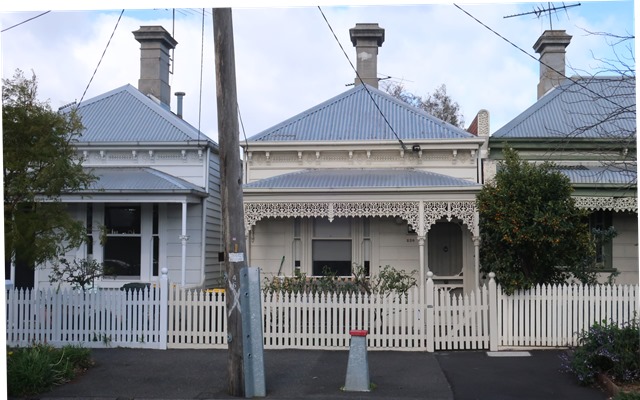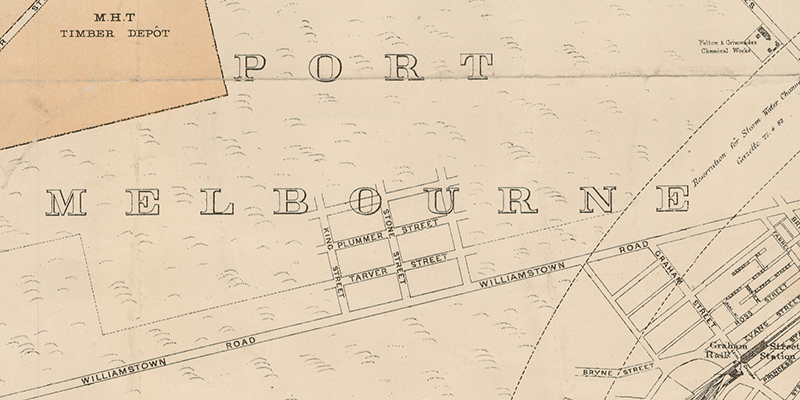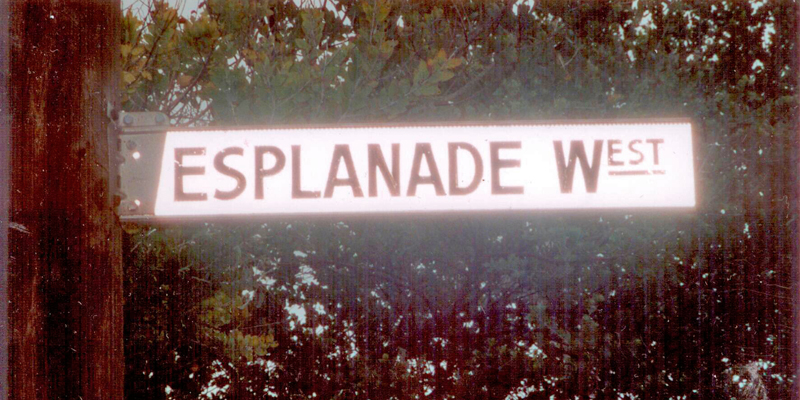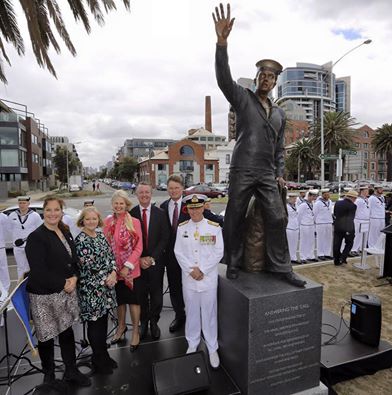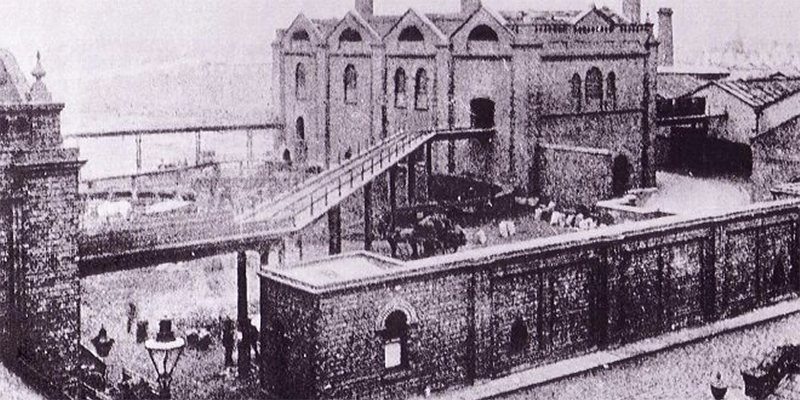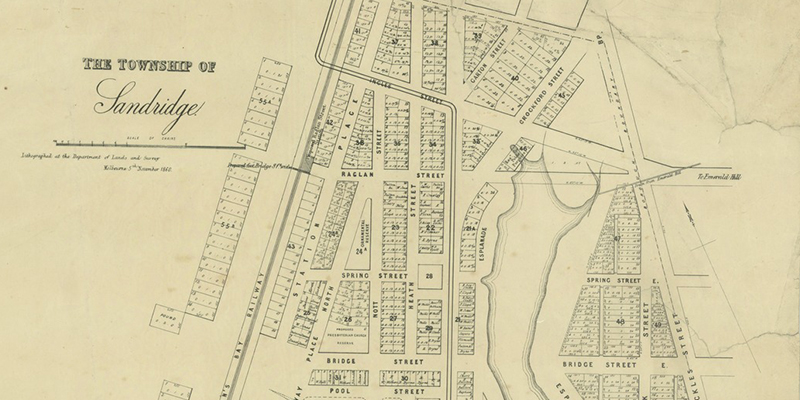Decorative Eaves on Workers’ Cottages
A constant delight of Port Melbourne is the avenues of workers cottages built during the real estate boom of the late Victorian era. Yet there is much more to these small wooden homes with their pretty iron lacework than first meets the eye. If you look up at the eaves between the main roof structure…
